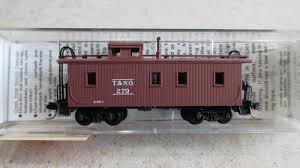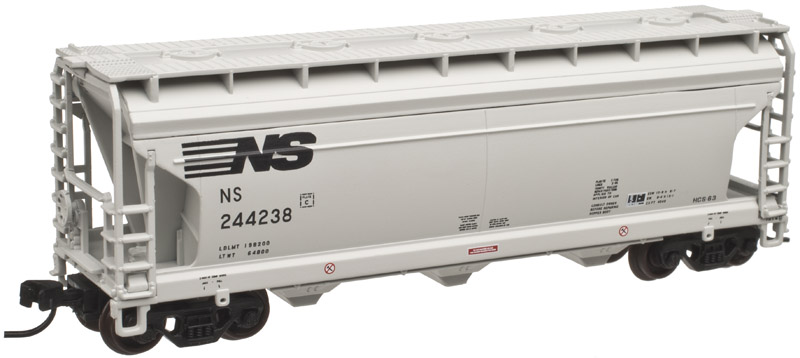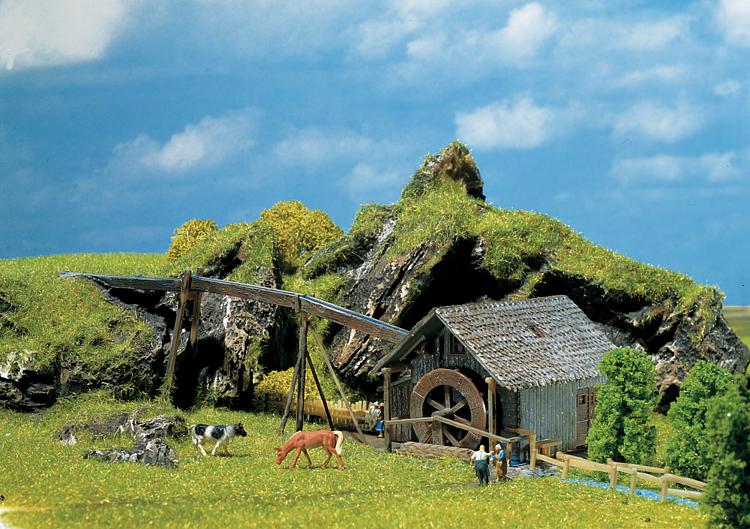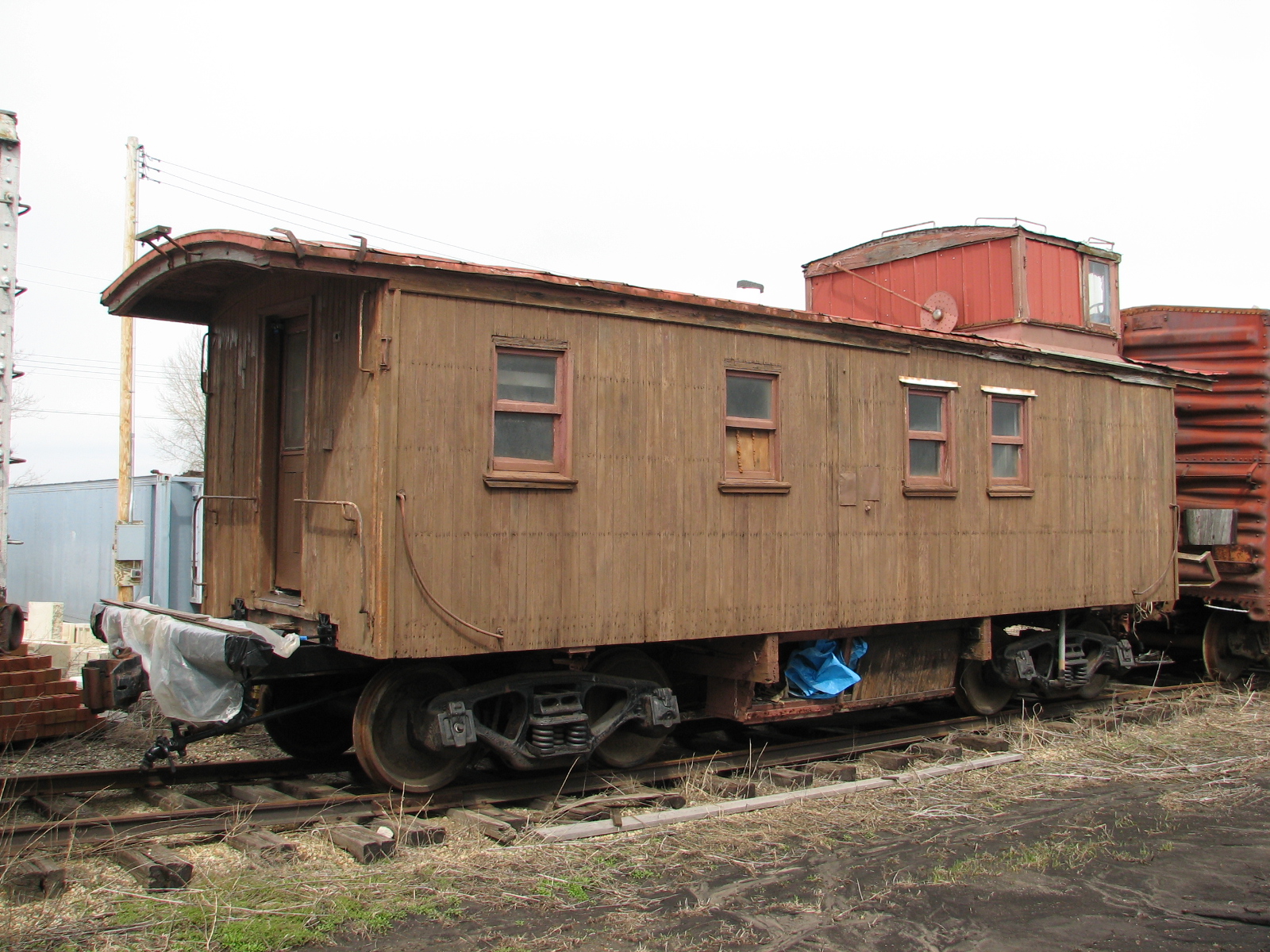Model Information: This body style is one of MTL's oldest caboose designs and dates back to June of 1975 when they introduced both a painted/unlettered version as well as a UP paint scheme. Early versions of this car come without simulated glass in their windows, much the same as Atlas' older caboose designs did. More recent versions have simulated glass. The model is of a wood-sided caboose with a cupola towards one end (offset) that was common in the 1st half of the 20th century. The model also has a roofwalk. Micro-trains has produced this car in about 20 different road names since its introduction (as of 2017) and it has also been quite popular for special runs.
At first glance it can be hard to tell the difference between this model (50000 series) and its sister-model the 'straight-side' cupola (51000 series). The difference lies primarily in the cupola (there might be other differences but I cannot see them). If you examine the car from one end (doesn't matter which), you will see that the sides of the cupola (not the car) slant at an angle from the roof of the cupola down to the roof of the car. Furthermore, the window configuration of the ends of the cupola is quite different with the 50000 series having three windows per end, while the 51000 series has only two.
At first glance it can be hard to tell the difference between this model (50000 series) and its sister-model the 'straight-side' cupola (51000 series). The difference lies primarily in the cupola (there might be other differences but I cannot see them). If you examine the car from one end (doesn't matter which), you will see that the sides of the cupola (not the car) slant at an angle from the roof of the cupola down to the roof of the car. Furthermore, the window configuration of the ends of the cupola is quite different with the 50000 series having three windows per end, while the 51000 series has only two.
Prototype History: The origins of the railroad caboose appear to date back to the 1840s when Nat Williams, a conductor of the Auburn & Syracuse Railroad (a later affiliate of the New York Central) became fed up with cramped and uncomfortable quarters to do paperwork (a common job of the conductor, whose responsibility is general oversight and control of a train, passenger or freight), which was usually done in either a free space of a passenger car or combine/baggage car. To fix this problem, Williams found an unused boxcar and using a simple box and barrel, as a seat and desk, set up shop in the car to do his duties. Not only did he find out he had plenty of room to work but also figured that he could use the unused space to store tools (flags, lanterns, spare parts, etc.) and other essentials to have on board whenever needed (such things become commonly stored on the caboose).
Perhaps the most striking feature ever applied to the railroad caboose was its cupola. According to the story, conductor T.B. Watson of the Chicago & North Western in the 1860s reportedly used a hole in a boxcar’s roof (which he was using as a caboose) to get a better vantage point of the train ahead. It is said that Watson was amazed by the view afforded from the position being able to not only see the train ahead but also from all sides, and to the rear as well. He apparently convinced C&NW shop forces to construct a type of open observation box onto an existing singe-level caboose with windows all around where one could sit and view their surroundings. The rest, as they say, is history and the common cupola was born.
Perhaps the most striking feature ever applied to the railroad caboose was its cupola. According to the story, conductor T.B. Watson of the Chicago & North Western in the 1860s reportedly used a hole in a boxcar’s roof (which he was using as a caboose) to get a better vantage point of the train ahead. It is said that Watson was amazed by the view afforded from the position being able to not only see the train ahead but also from all sides, and to the rear as well. He apparently convinced C&NW shop forces to construct a type of open observation box onto an existing singe-level caboose with windows all around where one could sit and view their surroundings. The rest, as they say, is history and the common cupola was born.
Road Name History: 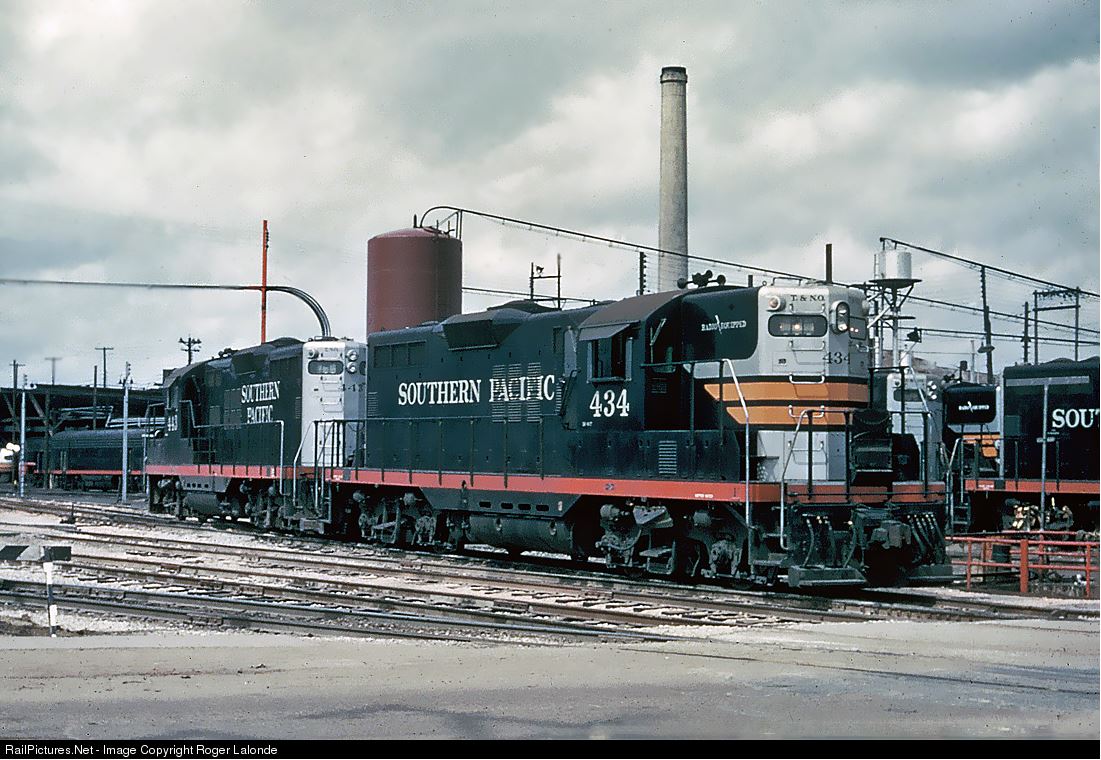 The T&NO was chartered in 1856 as the Sabine & Galveston Bay Railroad & Lumber Company but adopted the T&NO name three years later after their goals had changed to linking New Orleans with Houston. They built a 5’6” gauge line between Houston and Orange, Texas before progress was halted first by the Civil War, then by the washout of the Trinity River Bridge which was followed by receivership and sale. In 1876, full operations resumed and the line was standard-gauged. New Orleans was finally reached in 1880. Southern Pacific bought control of T&NO in 1881 as part of a program to acquire smaller lines in Texas. Under SP ownership, T&NO merged other lines and built new ones, culminating in the 1934 mass consolidation of all of Southern Pacific’s subsidiaries east of El Paso. The following railroads were merged into Texas & New Orleans that year: Dayton-Goose Creek Rwy.; Franklin & Abbeville; Galveston Harrisburg & San Antonio; Houston & Shreveport; Houston & Texas Central; Houston East & West Texas; Iberia & Vermillion; Lake Charles & Northern; Louisiana Western; Morgan’s Louisiana & Texas Railroad & Steamship Company; San Antonio & Aransas Pass; and Texas Midland. The result was a 3,713 mile T&NO – the new largest railroad in Texas. While T&NO reporting marks were used, Southern Pacific or Southern Pacific Lines got top billing on tenders and rolling stock. In the diesel age, locomotives wore SP style paint. If you can’t quite find the small T&NO reporting marks on their diesels, just look at the road number. Number 2 through 725 on the SP system belong to Texas & New Orleans. In November of 1961, T&NO was finally merged into Southern Pacific.
The T&NO was chartered in 1856 as the Sabine & Galveston Bay Railroad & Lumber Company but adopted the T&NO name three years later after their goals had changed to linking New Orleans with Houston. They built a 5’6” gauge line between Houston and Orange, Texas before progress was halted first by the Civil War, then by the washout of the Trinity River Bridge which was followed by receivership and sale. In 1876, full operations resumed and the line was standard-gauged. New Orleans was finally reached in 1880. Southern Pacific bought control of T&NO in 1881 as part of a program to acquire smaller lines in Texas. Under SP ownership, T&NO merged other lines and built new ones, culminating in the 1934 mass consolidation of all of Southern Pacific’s subsidiaries east of El Paso. The following railroads were merged into Texas & New Orleans that year: Dayton-Goose Creek Rwy.; Franklin & Abbeville; Galveston Harrisburg & San Antonio; Houston & Shreveport; Houston & Texas Central; Houston East & West Texas; Iberia & Vermillion; Lake Charles & Northern; Louisiana Western; Morgan’s Louisiana & Texas Railroad & Steamship Company; San Antonio & Aransas Pass; and Texas Midland. The result was a 3,713 mile T&NO – the new largest railroad in Texas. While T&NO reporting marks were used, Southern Pacific or Southern Pacific Lines got top billing on tenders and rolling stock. In the diesel age, locomotives wore SP style paint. If you can’t quite find the small T&NO reporting marks on their diesels, just look at the road number. Number 2 through 725 on the SP system belong to Texas & New Orleans. In November of 1961, T&NO was finally merged into Southern Pacific.

Brand/Importer Information: Micro-Trains is the brand name used by both Kadee Quality Products and Micro-Trains Line. For a history of the relationship between the brand and the two companies, please consult our Micro-Trains Collector's Guide.
Manufacturer Information: 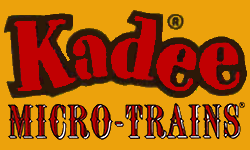 Kadee Quality Products originally got involved in N-Scale by producing a scaled-down version of their successful HO Magne-Matic knuckle coupler system. This coupler was superior to the ubiquitous 'Rapido' style coupler due to two primary factors: superior realistic appearance and the ability to automatically uncouple when stopped over a magnet embedded in a section of track. The success of these couplers in N-Scale quickly translated to the production of trucks, wheels and in 1972 a release of ready-to-run box cars.
Kadee Quality Products originally got involved in N-Scale by producing a scaled-down version of their successful HO Magne-Matic knuckle coupler system. This coupler was superior to the ubiquitous 'Rapido' style coupler due to two primary factors: superior realistic appearance and the ability to automatically uncouple when stopped over a magnet embedded in a section of track. The success of these couplers in N-Scale quickly translated to the production of trucks, wheels and in 1972 a release of ready-to-run box cars.
In October 1990 Kadee separated in two companies, with the newly created Micro-Trains® Line Co. continuing the Z, Nn3, and N Scale product ranges, with Kadee retaining the HO range.

In October 1990 Kadee separated in two companies, with the newly created Micro-Trains® Line Co. continuing the Z, Nn3, and N Scale product ranges, with Kadee retaining the HO range.
Item created by: Lethe on 2015-05-31 17:46:30
Last edited by: gdm on 2020-05-10 21:37:05
If you see errors or missing data in this entry, please feel free to log in and edit it. Anyone with a Gmail account can log in instantly.
Last edited by: gdm on 2020-05-10 21:37:05
If you see errors or missing data in this entry, please feel free to log in and edit it. Anyone with a Gmail account can log in instantly.


